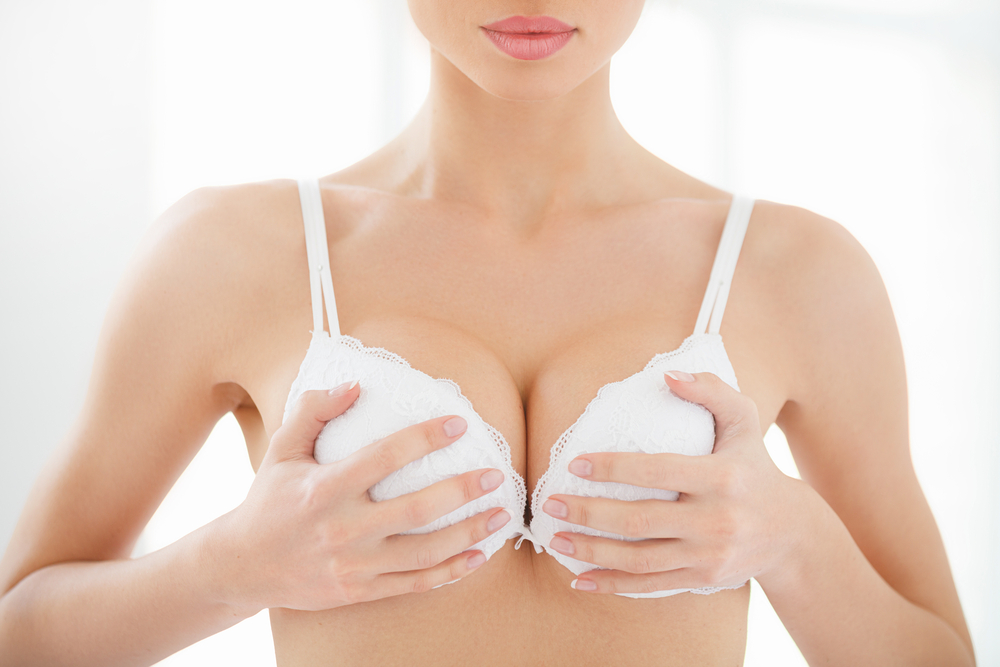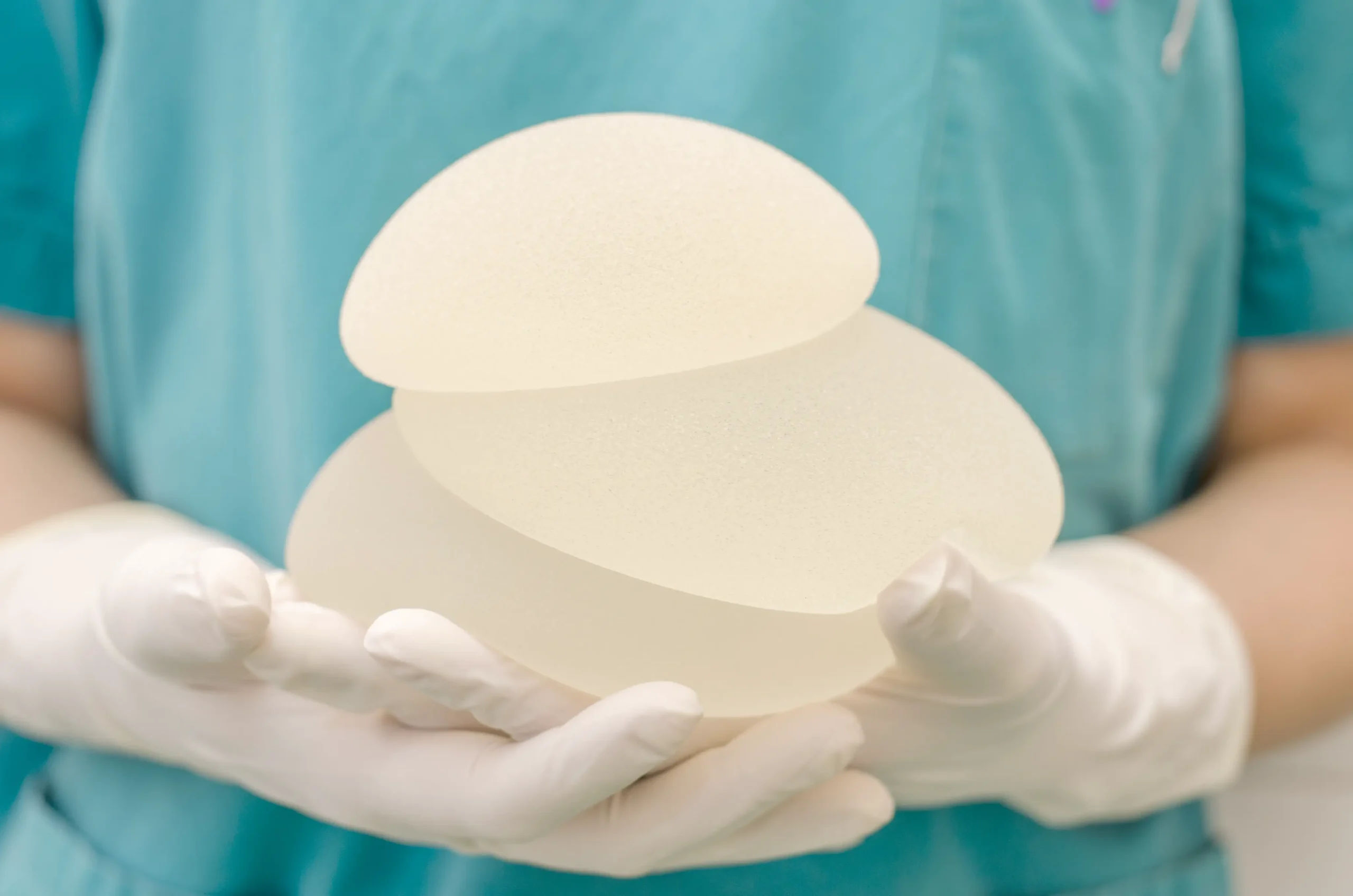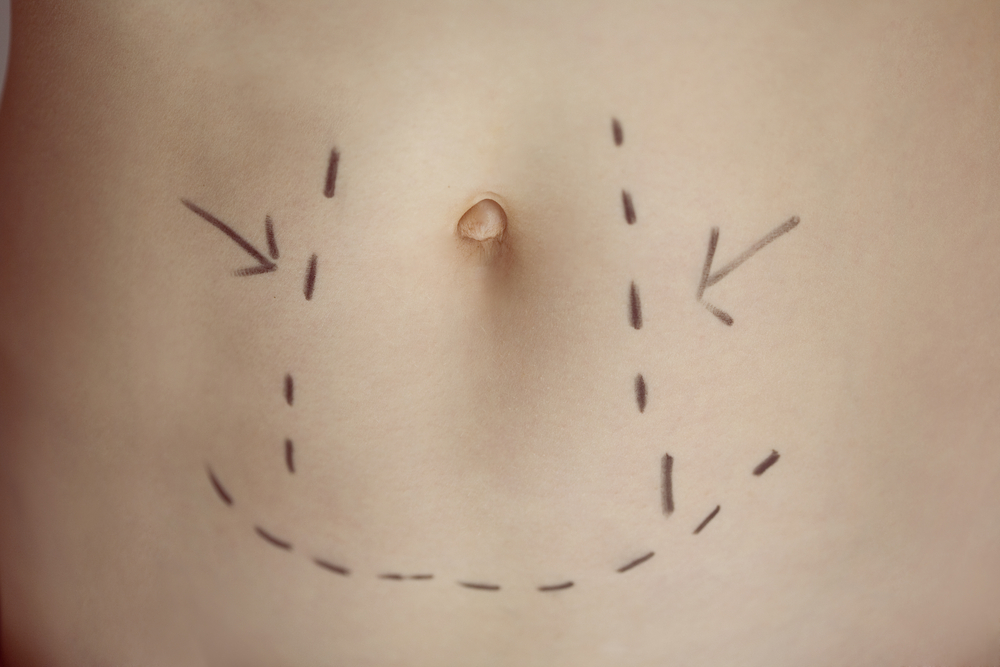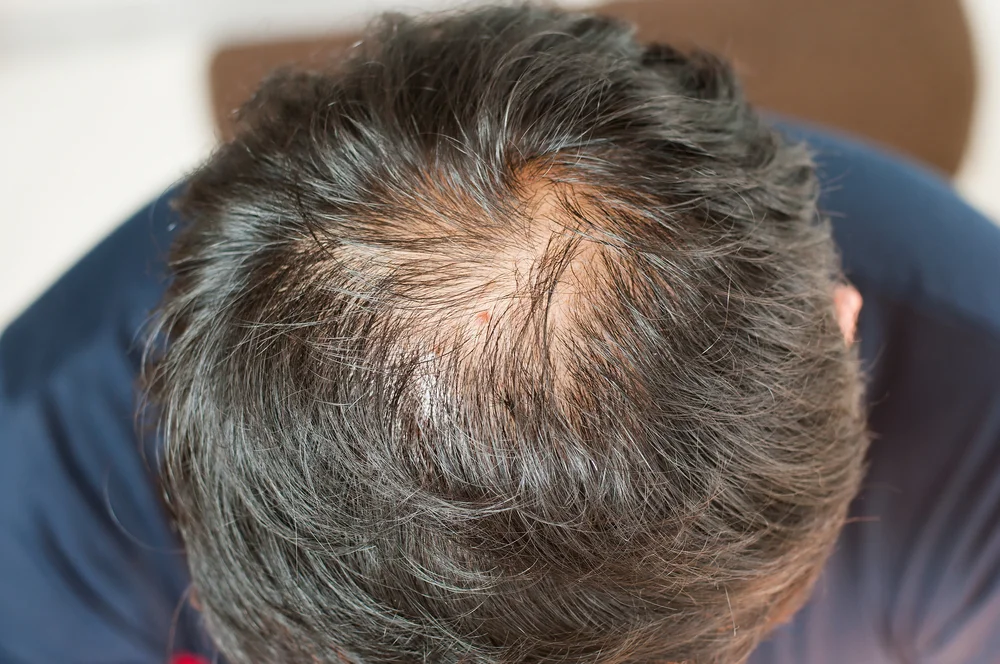- A variety of massage techniques are recommended after breast implant surgery.
- These exercises help prevent capsular contracture, a common post-surgical complication.
- You should plan to massage your breasts at least three times a day for three months after surgery.
Your planned-for breast augmentation surgery is now over and, like most patients, you have a good feeling about how you look and view yourself. But as with any other surgical procedure, careful post-op care is required.
This often includes breast massage, which helps promote healing in many ways. Read on to see how it can help you recover and avoid common post-surgical complications.
The Role of Post-Op Massage
Prior to your breast enhancement procedure, you were most likely given a list of aftercare instructions to help you manage any discomfort, swelling, or bruising. Your surgeon may have also given you detailed advice on how to care for your incisions, what physical activities to avoid, and even the position in which you should sleep.
Breast massage is another important component of your aftercare — in fact, some might argue that it is just as important as taking your medications and getting enough rest.
Massage is a significant tool that gently helps to maneuver your implants into place and ‘settle’ them in. It also helps to keep the implants and your breasts soft, pliant and looking more natural. Most importantly, massage may reduce the risk of the scar tissue hardening around your implants — a condition known as capsular contracture.
Avoiding Capsular Contracture
While the cause of capsular contracture is not precisely known, it is believed that bacterial infection may be a contributing factor. It may also involve an inflammatory process which triggers a reaction in the tissue around the implant, restricting the implant’s room to move within the pocket.
It isn’t implants that harden — it’s the squeezing from the surrounding scar tissue that causes them to lose their suppleness. This may make the breasts look out of shape or too round. They may also feel excessively firm and sit too high on your chest.
Any degree of hardening can make your breasts look or feel different, causing tightness or perhaps even pain. Massage helps soften the tissue around the breast and avoid this discomfort.
Maintaining the Implant Pocket
Breast ‘massage’ may be a bit of a misnomer as the action can be more properly defined as ‘implant movement exercises.’ This entails massaging the implants and the pocket area created for them during surgery.
Essentially, massage helps create the proper space to hold the implant to prevent this area from shrinking. This ensures that your breasts achieve and maintain a soft and supple feel.
Proper ‘exercises’ make sure that this ‘pocket’ remains bigger than the actual implant. Most breast surgeons believe that this reduces the chance of capsular contracture.
When Should You Begin?
This will depend on both the type of surgery you had and the kind of implants used. Saline and silicone implants are most common. Keep in mind that massage is not recommended if you have received ‘gummy bear’ or ‘teardrop’ implants, which are designed to stick to your breast tissue.
Typically, a program of breast massage will start within the first few days following surgery. As mentioned, early massage is one of the best possible ways to prevent capsular contracture. A routine of regular massage is important to ensure that implants settle quickly, and maintain the desired look and feel.
Delaying the start of massage by several weeks is a mistake, says plastic surgeon Dr. Renalto Calabria of Beverly Hills. “Massage should start the day after surgery when the pocket that has been created by the surgeon is still open and wide,” he advises.
Ideally, you should plan to massage your breasts at least three times a day. You may still feel a little sore and the massage might cause some additional discomfort, but these early days after surgery are the most critical.
Getting into the routine is an important part of your recovery, and this initial schedule of massage should last about three months. After that, you can follow a plan laid out for you by your surgeon that will probably look something like this:
- Three months following surgery, you can reduce the number of breast massages to twice a day, especially if you feel that your implants are moving easily inside your breasts.
- At the four-month stage and every day throughout the next year, massage exercises once a day should be adequate.
Some physicians recommend continuing the massage techniques for the entire lifespan of your implants.
Breast Implant Massage Techniques
In the post-op recovery stage, technique is just as important as how often you massage your breasts.
Your plastic surgeon can demonstrate several good techniques and allow you to practice them prior to surgery. He or she may also direct you to some good online instructional videos, like this one created by New York City based plastic surgeon Dr. Leonard Grossman.
Common Dos and Don’ts
According to Dr. Calabria, some patients are afraid that massaging too aggressively will affect the final outcome, and as a result, massage is very often done too lightly.
It should be just the opposite, he explains: “The purpose of the massage is to move the implant in the pocket, effectively displacing it.” It is also important to move only the implant, and not the breast tissue. “One common mistake is to massage the breast tissue, instead of moving the implant away from the tissue.”
The implant needs to be moved in several ways – pushed up, pushed down, and pushed inwards and outwards. This helps to stretch the skin and relax the muscles, which encourages the implants to move down and out – a process known as ‘drop.’ Over time, the implants begin to fill in the space in the portion of the breast below the nipple, which is referred to as ‘fluff.’
The drop and fluff process takes time — you’ll need to be patient as you persist towards this goal.
Ready, Set, Massage
Now, let’s review how you can get started massaging your way to proper recovery and an ideal outcome.
Moisturize your skin while doing your exercises. A good moisturizing cream or vitamin E preparation will help soothe your skin and minimize scarring.
At first, you may want to go through your routine in front of a mirror to make sure that you’re doing it right. Subsequently, you can sit down or lie down in a comfortable place and approach your exercises calmly but with a plan and schedule in mind.
Start with some compression exercises:
- Apply pressure to your breast with the palm of your hand and maintain the pressure until it becomes uncomfortable. Don’t worry – you cannot break the implant!
- Do one breast at a time or both at once by crossing your hands over – that is, using your right hand to put pressure on your left breast and your left hand pushing down on your right breast.
- Lie face down on the floor for a few minutes at a time or place yourself on an exercise ball and gently roll yourself back and forth for a few minutes.
Displacement exercises are designed to rotate the implant so that you are applying pressure on all sides:
- Squeeze your breast to lift it as high as you can and hold it for a couple of minutes.
- Use an upward massage to move the implant as high as you can within the implant pocket. Place the palm of your left hand under the nipple of your right breast and gently squeeze the implant upward. When you feel that the implant has reached the ‘top’ of the pocket, keep it in place for about 10 seconds. Do the same for your other breast.
- Use a downward massage to move the implant slowly downwards. Place both hands on your breast just above the nipple, and then apply gentle pressure to pull your breast tissue up and push the implant down.
You should be able to comfortably do each of these exercises 10 times for each breast for up to three times a day.
A Final Note on Recovery
Breast augmentation surgery is one of the most commonly performed cosmetic procedures but like all surgeries, it comes with a certain level of risk. Pay attention to your body and any unusual signals it may be sending you.
Small twinges or occasional discomfort may not require any attention, but don’t hesitate to contact your surgeon’s office if you experience any sharp pain in either breast, a feeling of tightening around the implant, or any changes of appearance in your breast.
Similarly, if you have the impression that the position of your breast has changed, or your skin looks red or feels hot to the touch, contact your physician without delay.









